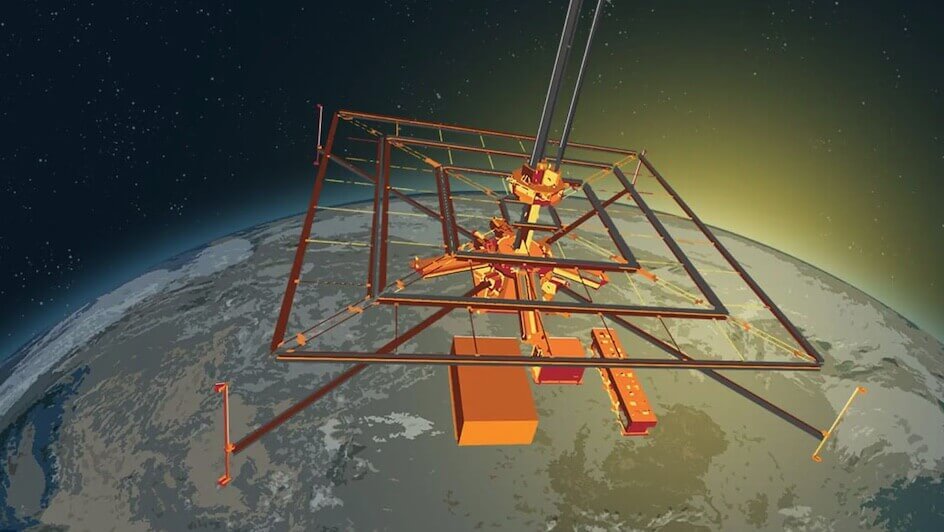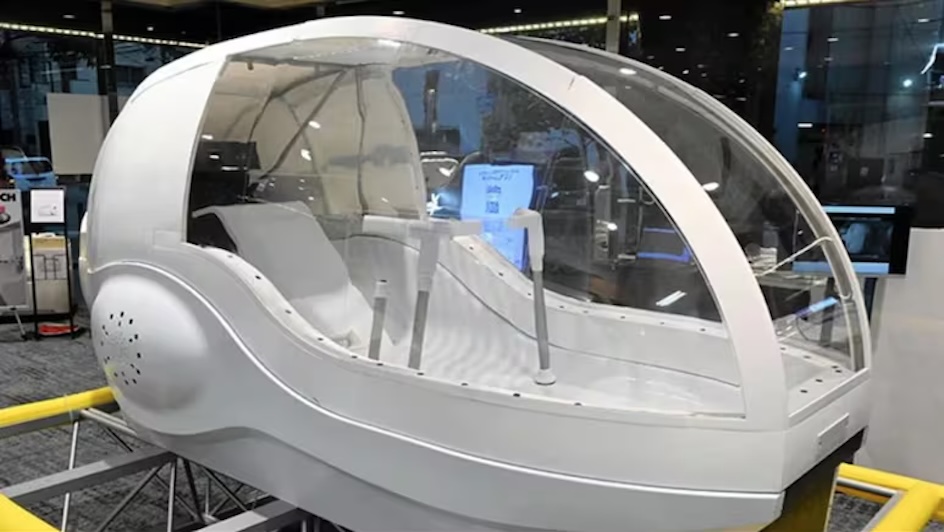Space Solar Panels Transmit to Earth in Historic First

Solar panels work better when they are in space (and closer to the sun) – who would have thought? A team of engineers from the California Institute of Technology (Caltech) claim to have achieved a world first by transmitting solar energy collected in orbit to Earth.
The Caltech crew conducted the experiment, titled Microwave Array for Power-transfer Low-orbit Experiment (MAPLE), from the Gordon and Betty Moore Laboratory of Engineering on their campus situated in Pasadena, California.
Earlier this year, a SpaceX rocket was launched and it carried the leading piece of this project: a 50-kilogram device called the Space Solar Power Demonstrator (SSPD-1), which is mounted on a satellite chassis.
The MAPLE module is attached to the SSPD, but it was designed to receive transmitted energy, convert it to direct current and then power multiple LEDs to test the wireless technology that would beam the collected solar energy to receiver stations on Earth.
However, that wasn’t the only system that was tested. The Deployable on-Orbit ultraLight Composite Experiment module contains lightweight, foldable structures which are intended to become a larger array for greater solar collection; and the ALBA module contains several different solar cell designs which will be tested to determine which is the most efficient.
While the former has yet to be initiated, the latter currently has ongoing tests.
“In the same way that the internet democratised access to information, we hope that wireless energy transfer democratises access to energy,” said Ali Hajimiri, project head and co-director of the SSPD team.
Image Credit: Source





















